
Explore Compositions and Renowned Dancers
Blend of tradition and Manifestation
Siddhendra Yogi, a 17th-century saint and artist, is credited with codifying and refining the Kuchipudi dance tradition, blending elements of dance and drama.
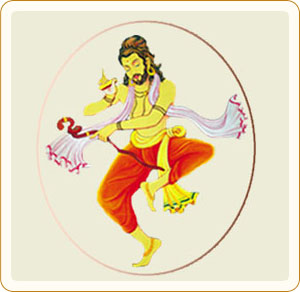
Siddhendra Yogi
Saint
Kuchipudi, a classical Indian dance form that traces its roots to the sacred village of Kuchipudi in Andhra Pradesh, India. It’s more than just dance; it’s a cultural symphony that has evolved over centuries, encapsulating the rich traditions of our land. Its foundation finds resonance in the Natyashastra, a Sanskrit treatise on performing arts dating back to the 2nd century BCE.
In the intricate mosaic of classical dances, Kuchipudi stands as a testament to the artistic evolution, with a unique history intertwined with the Bhagavathalu. This group of itinerant actors traversed villages, delivering captivating plays and dances inspired by Hindu mythology. It is believed that these performers originated from the village of Kuchipudi in Andhra Pradesh, a place that echoes in the very name of this expressive dance form.
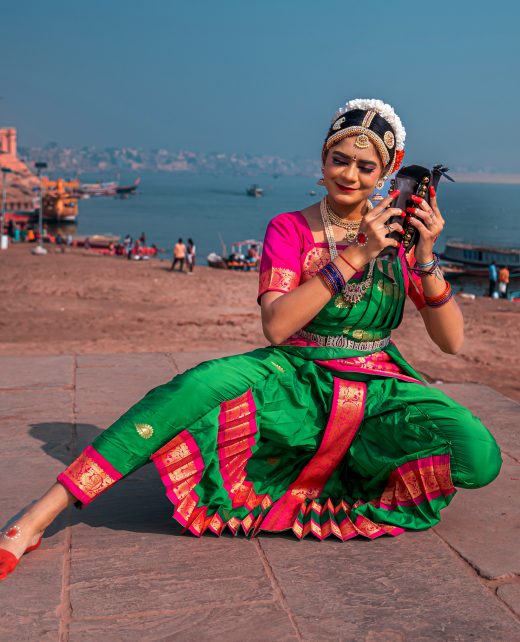
Devotional Grace, Traditional Expressions
Principles of Kuchipudi
Tala and Laya
Kuchipudi harmonizes with specific beats or talas, set by the accompanying musicians. The dancer, in tune with laya (tempo), weaves a story with precise movements.
Abhinaya
Abhinaya conveys a spectrum of emotions, narrates tales from Hindu mythology, and expresses their deepest sentiments.
Natya
Dancers bring characters from mythology to life, synchronizing their movements with music and often accompanied by sung or spoken words.
Rasa
The soul of Kuchipudi lies in Rasa; dancers convey the appropriate emotion for each scene, be it love, joy, anger, courage, sorrow, fear, or wonder.
Lasya and Tandava
Kuchipudi finds balance in the graceful Lasya and dynamic Tandava. Lasya embodies grace and fluidity, while Tandava exudes energy and dynamism.
Kuchipudi Compositions
Varnam: Divided into Sahitya (lyrical) and Swara (rhythmic) sections, Varnams often revolve around themes from Hindu mythology.
Tillana: Tillana is a fast-paced, energetic composition showcasing a dancer’s agility.
Padam: Padam, a composition focused on expressing emotions, unfolds to a slow and melodious tune.
Javali: Known for its fast-paced footwork and lively movements, Javalis often explore themes of love and romance.
Sabdam: Often featuring themes of love and devotion, Sabdams captivate audiences with their lively and entertaining nature.
Keertana: Keertana, a devotional composition, serves as a prayer or offering to a Hindu deity.
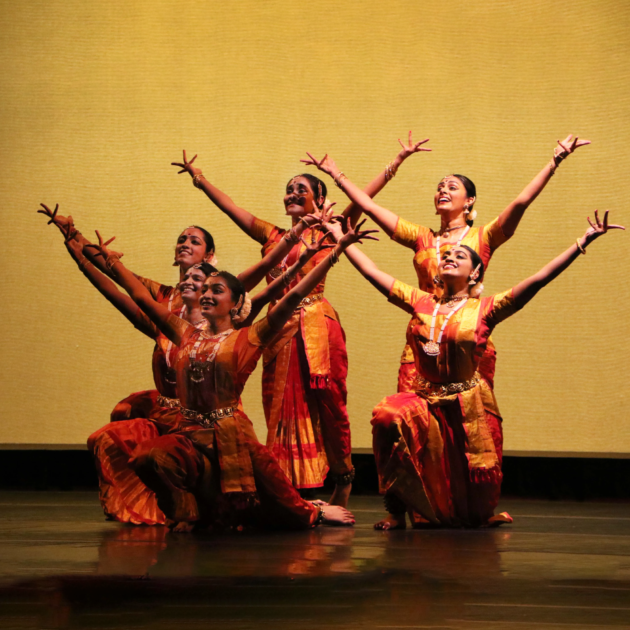
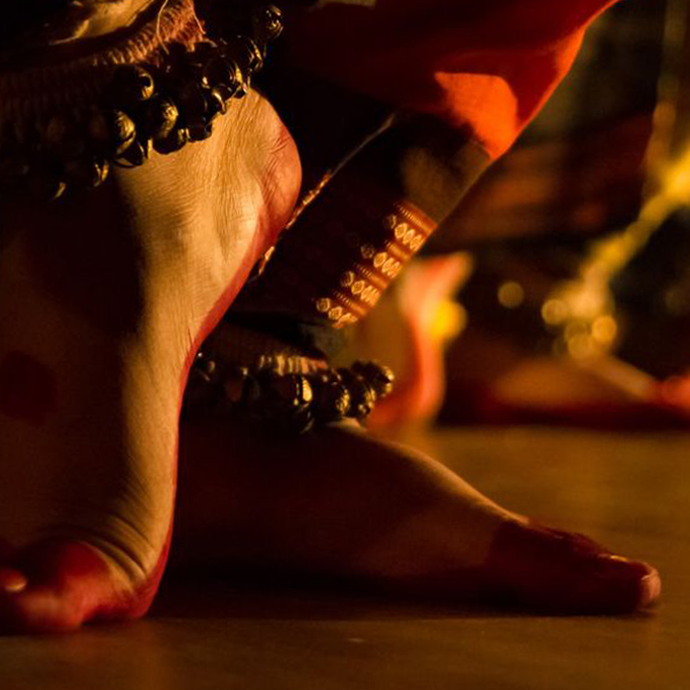
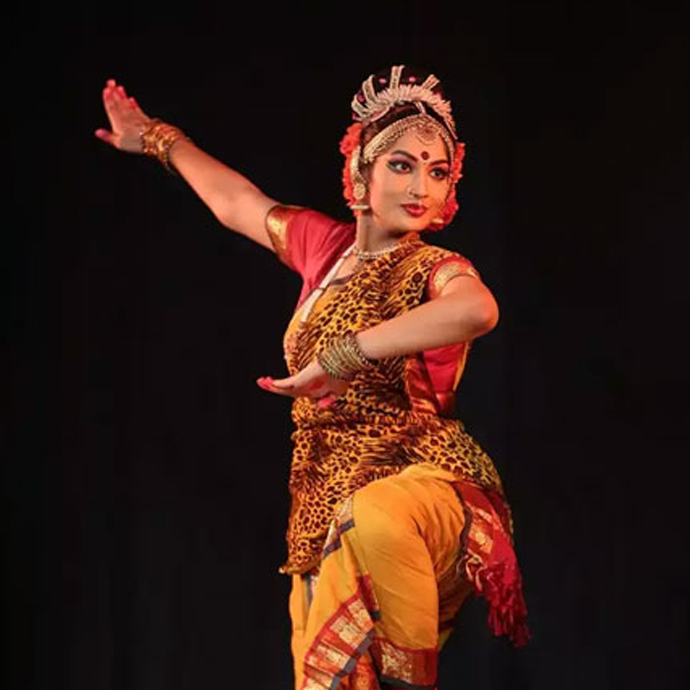

Famous Kuchipudi Dancers
Padma Bhushan Dr. Vempati Chinna Satyam: Widely considered one of the greatest Kuchipudi dancers and choreographers, Dr. Vempati Chinna Satyam founded the Kuchipudi Art Academy in Chennai, leaving an indelible mark on the world of Kuchipudi.
Padma Bhushan Dr. Sobha Naidu: A renowned Kuchipudi artist, Dr. Sobha Naidu’s extensive performances and accolades, including the Padma Shri and the Sangeet Natak Akademi Award, have significantly contributed to the dance form’s legacy.
Ananda Shankar Jayant: Dr. Ananda Shankar Jayant has played a crucial role in promoting Kuchipudi, earning accolades like the Padma Shri and the Sangeet Natak Akademi Award.
Vyjayanthi Kashi: Vyjayanthi Kashi has crafted a unique style blending traditional Kuchipudi with contemporary elements, contributing to the dance form’s evolution.
Raja Radha Reddy: Raja Radha Reddy has received numerous awards, including the Padma Shri and the Sangeet Natak Akademi Award, for his outstanding contributions to Kuchipudi.



